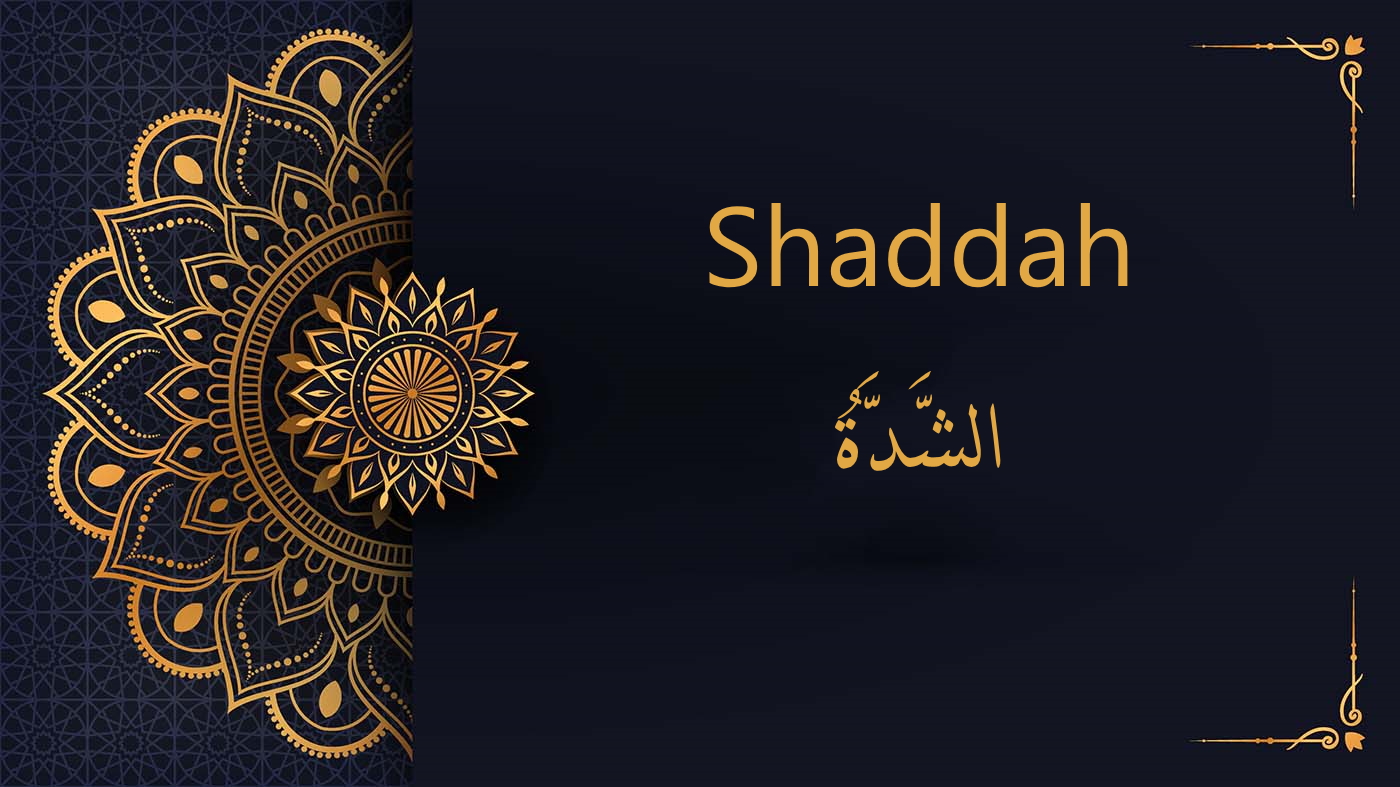How to Learn Arabic from Scratch

How to Learn Arabic from Scratch Starting from scratch to learn Arabic may seem daunting, but with the right approach, it’s entirely achievable. Arabic, a language rich in history and culture, offers immense rewards for learners. This guide outlines a step-by-step process to begin your Arabic journey effectively. Start for free your journey today with […]
Common Mistakes When Writing Arabic Letters and How to Avoid Them

Common Mistakes When Writing Arabic Letters and How to Avoid Them The Arabic language is a blend of beauty and complexity. Writing Arabic letters requires careful attention to detail, as small errors can drastically change the meaning of a word or phrase. Moreover, the presence or absence of diacritical marks, dots, and specific ligatures adds […]
Unlocking Quranic Mastery: Al Qaida An Nuraniya Method Explained

Unlocking the Power of Al Qaida An Nuraniya: A Comprehensive Guide to Quranic Learning In the vast expanse of Quranic education, few methodologies resonate as profoundly as Al Qaida An Nuraniya. Crafted by the esteemed Sheikh Muhammad Nurani, this revolutionary approach has redefined the landscape of Quranic instruction, offering a blend of tradition and innovation […]
10 Tips for Non-Arabic Speakers: How to Learn the Arabic Alphabet with Confidence

10 Tips for Non-Arabic Speakers: How to Learn the Arabic Alphabet with Confidence Learning the Arabic alphabet may seem daunting for non-Arabic speakers, but with the right approach and dedication, it can be a rewarding and enjoyable experience. In this blog post, we will provide 10 tips to help non-Arabic speakers learn the Arabic alphabet. […]
Master the Arabic Alphabet in Just 10 Minutes: Quick Guide”

Master the Arabic Alphabet in Just 10 Minutes: Quick Guide Introduction The rich tapestry of languages in our world presents a myriad of opportunities for cultural exploration, and among them, Arabic stands out as a language of history, culture, and global significance. With Arabic being recognized as an official language in roughly 25 countries and […]
Arabic reading practice | Arabic course | lesson 8

Arabic Reading Practice | Lesson 8 In Lesson 8 of our Arabic learning journey, we will apply all previously learned concepts to practice Arabic reading. Here’s a recap of the topics we’ve covered: Presentation of the Arabic alphabet The short vowel marks Double end-of-word vowels – tanween Long vowel marks The absence of a […]
Exploring the Joined Form of Arabic Letters – Free Course | Lesson 7

Exploring the Joined Form of Arabic Letters Free Course | Lesson 7 In Lesson 7, we’ll delve into the joined form of Arabic letters, building on our understanding from the previous lesson where we explored the isolated forms. Arabic letters can appear differently based on: Their position in a word (beginning, middle, or end). Specific […]
Understanding The Shaddah in Arabic – Free Course | Lesson 6

Understanding The Shaddah in Arabic Free Course | Lesson 6 We previously studied in our series of alphabet arabic free courses: the letters of the Arabic alphabet short vowel marks the tanween long vowel marks the Sukoon In Lesson 6, we’ll explore the doubling of Arabic letters, specifically when a letter with a […]
Sukoon | Arabic Free course | lesson 5

Sukoon | Arabic Free course | lesson 5 Welcome to our 5th lesson in the Arabic free course. Previously, we explored Arabic alphabet letters, short vowel marks, tanween, and long vowel marks. In this new lesson, we delve into the concept of sukoon (the absence of a vowel) in Arabic. Beforehand, we learned how […]
Exploring Long Vowel Marks in Our Free Arabic Course – Lesson 4

Exploring Long Vowel Marks in Our Free Arabic Course – Lesson 4 In our fourth free Arabic alphabet lesson, we’ll delve into the utilization of long vowel marks in Arabic words. Building on our previous understanding of short vowels and tanween in Arabic, this lesson introduces a new dimension to our language journey. Long vowel […]

